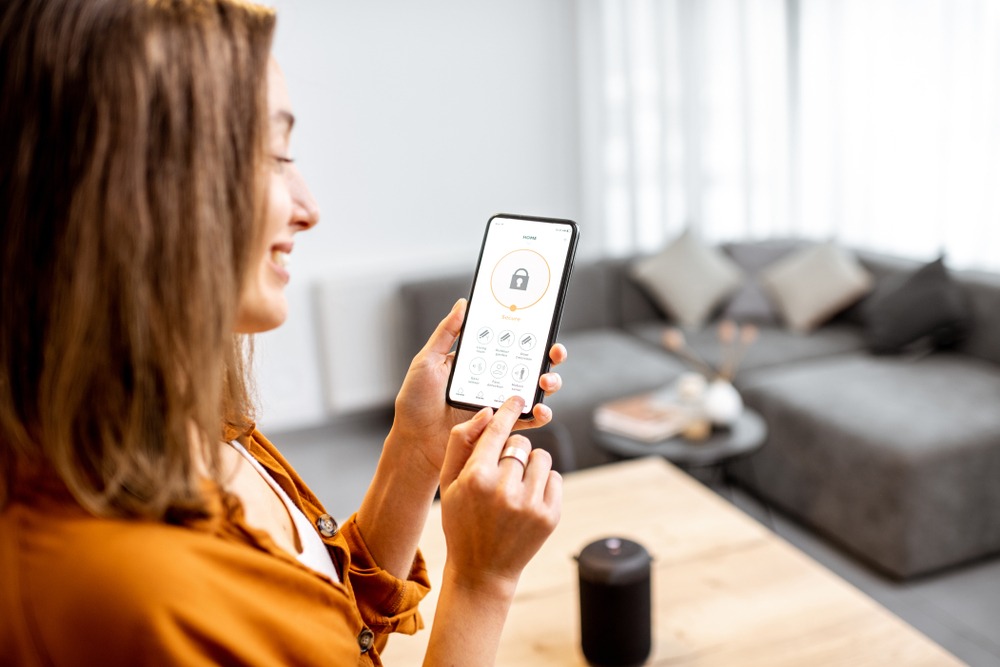While there are many benefits to a smart home security system installed by a professional, there are actually do-it-yourself systems on the market that are easier and affordable to install on your own, more than you’ve ever thought.
There’s no need for you to become a technical expert all of a sudden just to get the job done. So, if you’re asking if setting up a smart home security system is possible for a do-it-yourselfer, the answer is yes. All you need are basic tools to get it done.
With that said, this article will give you some tips on how to install and set up smart home security systems on your own:
1. Make Sure That All Entry Points Are Covered
This is one of the most important things to remember whenever you want to purchase and install a smart home security system. You need to make sure that your ground floor is fully covered, especially the entry points, because the majority of home burglaries occur on the ground floor.
Keep deadbolts on your doors and invest in efficient sensors that have the ability to cover all doors and windows on the ground floor.
If the security system you’re going to install is wireless and battery-operated, be sure to check its batteries every once in a while.
It’s also a good idea to install an additional home security feature, such as motion detection that alarms on all entry points, alerting you if anyone is trying to break into your doors or windows.
2. Invest In Good Security Cameras
Security cameras are the most integral part of a home security system. Your home security system won’t be complete without HD wireless cameras. They should be installed in every key entry point of your home.
These HD wireless cameras are very easy to install. Since they’re wireless, there’s no in-house wiring needed. It’s also important to choose a camera with zooming and panning features so you can fully control the amount of detail you can see on your monitor feed.
Obviously, you need to make sure that your cameras are installed on the areas of your home you want to be monitored. Your cameras will only be effective if they can provide 24/7 coverage, so you need to make sure that there’s nothing that obscures their line of sight.
You might also need to consistently check the live feed to make sure that the footage is always clear.
3. Opt For A Self-Monitored Smart Home Security System

While having a professional monitoring service to look at your home security system 24/7 is good, it can also be very expensive. So, if you want to save, it’s suggested that you opt for a self-monitoring home security system instead.
You don’t have to worry even if there’s a burglary taking place at your home when you’re not around because smart home security systems come equipped with intelligent features that’ll alert you via your smartphone once it detects someone is trying to get into your doors or windows.
Once you receive a notification of a burglary, it’ll be up to you whether to report it to the local authorities or not.
But, the best thing about self-monitored smart home security systems is that they give you room for upgrades later on and opt for a professional monitoring service should you change your mind.
4. Invest In Motion Sensors
Motion sensors are a bedrock of smart home security systems. They work hand-in-hand with your security cameras.
If someone were to enter your home, motion sensors will catch that person. Motion sensors are designed to detect movement in an area they cover. They are usually very helpful when you’re not at home, or at night while you’re sleeping.
Once motion sensors detect a security breach, you can program them to either trigger a loud siren or alarm to scare off the intruder or have them notify you that the sensor has been tripped.
To Sum It All Up
Setting up your own smart home security system isn’t that complicated as most people think. The improvements in technology have allowed DIY homeowners to install the different components of a security system faster and easier.
With the help of the tips discussed above, you’ll be able to set up a smart home security system at a low cost and without monthly fees.
The improvements in technology have made installing its different components easier. By setting up your own smart home security system, you’ll enjoy increased freedom, control, and flexibility.
You can even customize your security system to cater to your family’s specific and unique needs.



Comments are closed.